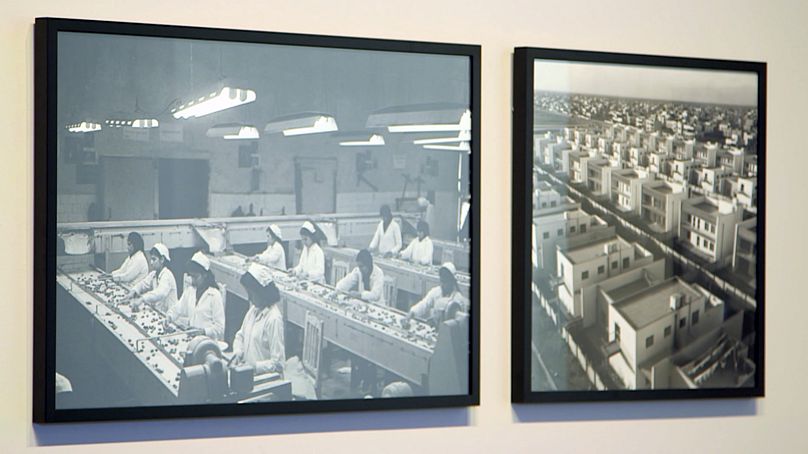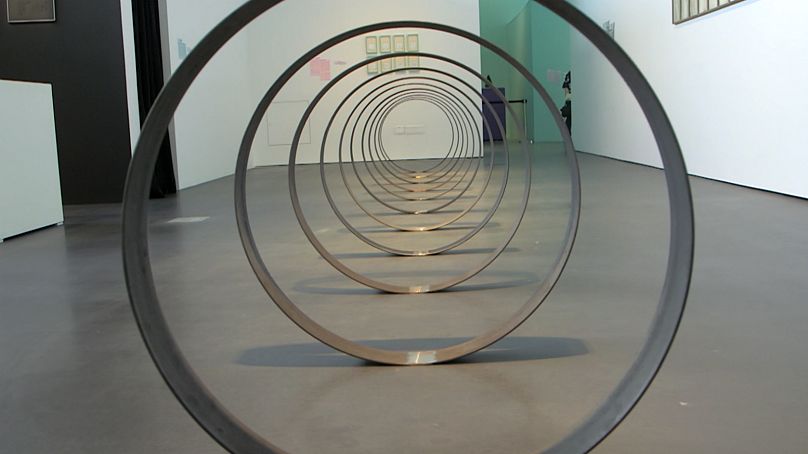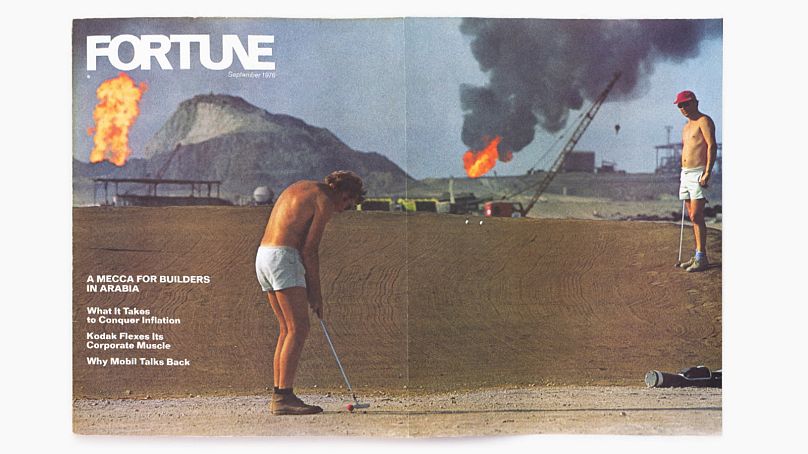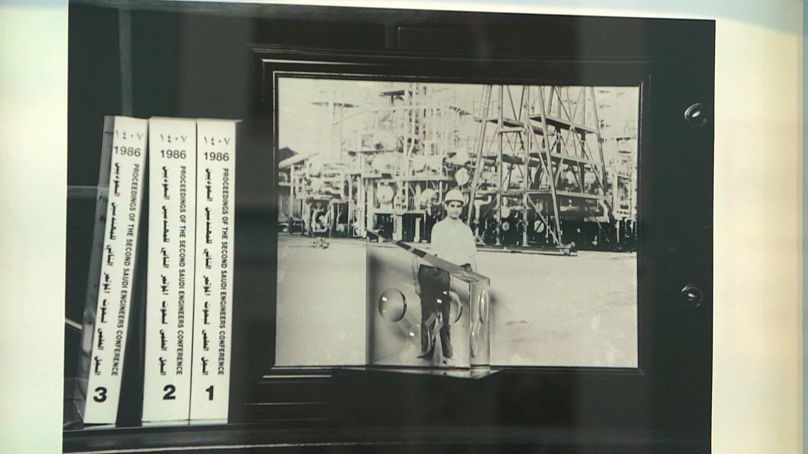An exhibition in Dubai is transforming one of the world’s most valuable commodities into art.
An exhibition in Dubai is transforming one of the world’s most valuable commodities into art.
‘Crude’, which is an exhibition at the Jameel Arts Centre, features oil-themed artwork across five different galleries.
Seventeen artists gave their creative interpretation of crude oil and how it has a deep-rooted history in the Middle East. Many also chose to explore how oil has fueled numerous regional economies and built nations.
Photographer Latif Al Ani portrays how oil revenues allowed many Middle East societies to modernise. The artist worked for Iraq Petroleum Company's in the 1950’s and 60’s, documenting Baghdad’s rapid urbanisation.
Other projects like Rayyane Tabet's 'Steel Rings' brings oil’s origins to the surface. The piece is a take on the Trans-Arabian Pipeline which was built in the mid 1900s to ensure the safer transport of crude across more than a thousand kilometres, connecting Saudi Arabian petrol to Western markets.
The concept’s creator, and the curator of the exhibition, Murtaza Vali says these artworks help reveal hidden narratives.
“The story of oil is intertwined with the histories of colonialism and imperialism,” he explains. “The first companies set up in the region were all Western interests, and so one of the things I was hoping to bring to the fore was this history.”
Regional oil was first discovered in Iran in 1908. This lead to the establishment of the Anglo-Persian Oil Company, which would eventually become British Petroleum.
Oil exploration and drilling continued apace across the Arabian Peninsula in the 1920s and 30s, with Saudi Arabia finding reserves in 1938, followed by the UAE in 1958.
With the establishment of foreign companies in the region, the identity of ‘company men’ also developed, that is, people from the West who came to the Middle East to work in the energy industry.
To picture this, artist Raja’a Khalid captured a series of 1950s press photos she collected.
Part of Khalid’s collection, the image below shows expatriates playing golf on makeshift courses in Dhahran, home of the Saudi Arabian Oil Company, Aramco.
Saudi Arabian artist Manal Aldowayan documented the stories of the expats, whom she refers to as, “the oil men and women in Aramco”, with her photography and short film project, ‘If I Forget you, Don’t Forget me.’
She says ‘Aramcons’, as they’re nicknamed by members of the community, have established their own culture.
“They gathered in a point and time and created something - and that thing is not really business related,” the artist explains. “They have their own language, they have their own terminology, and the children born inside [the complex] had their own accent in English.”
The ‘Crude’ exhibit runs until March 30th. The symposium also features a series of talks and films. A panel will be held on the closing day to further explore the social, cultural and ecological histories and impacts of oil.
SEEN ON SOCIAL: OIL-BASED ART
Emirati Maryam Al Habroosh visited the ‘Crude’ exhibition, calling it a welcome addition to the local arts scene.















